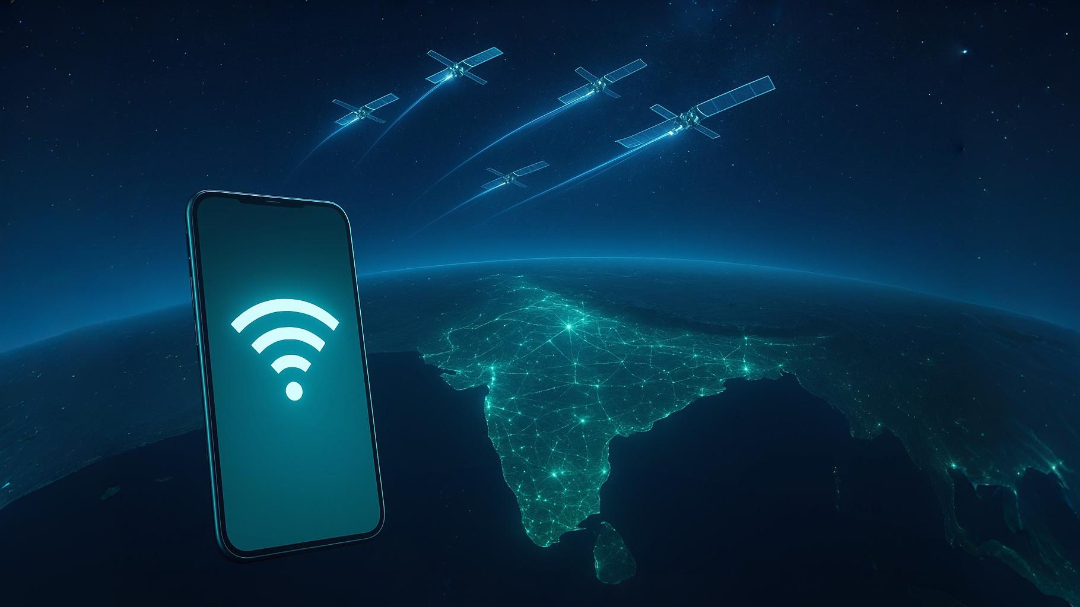
Starlink Set to Launch Direct-to-Cell Satellite Internet Across India by Year-End
India is poised for a breakthrough in digital connectivity as Elon Musk’s Starlink prepares to roll out its direct-to-cell satellite internet technology nationwide by the end of this year. This development will bring high-speed internet coverage to areas that have traditionally struggled with unstable or absent terrestrial network connections, promising a major transformation in the country’s telecommunications landscape.
Starlink, a project under SpaceX, has received the final regulatory approval to commercially operate in India. The Indian National Space Promotion and Authorization Centre (IN-SPACe) has granted a five-year license for Starlink’s Gen1 satellite constellation, allowing the company to deploy thousands of low-Earth orbit satellites and offer reliable internet services even in the nation’s most remote and challenging regions. This technology bypasses conventional fiber infrastructure, enabling seamless connectivity where ground networks cannot reach.
Direct-to-Cell Technology Offers Ubiquitous Coverage for All
Starlink’s direct-to-cell innovation means that standard smartphones can directly connect to satellites for texting, calling, and internet browsing, eliminating the need for specialized devices. This advancement is particularly significant for isolated communities, hilly terrains, and disaster-prone zones where traditional mobile networks often fail.
Industry experts highlight that Starlink will deliver internet speeds from 25 Mbps up to 220 Mbps, with average speeds exceeding 100 Mbps, allowing users to enjoy smooth video streaming, online gaming, and enterprise-grade services. The hardware required for setup is expected to be priced around ₹33,000, while monthly unlimited data plans are anticipated to start at ₹3,000. These price points align with global standards and could decrease as subscriber numbers grow and local manufacturing increases.
Expanding India’s Digital Network and Empowering Remote Villages
The launch of Starlink’s satellite internet in India follows a wave of digital transformation supported by government policies and alliances with leading telecom operators such as Jio and Airtel. Regulators have finalized frameworks for spectrum allocation and gateway setup to ensure a smooth nationwide rollout.
Union Telecom Minister Jyotiraditya Scindia emphasized that direct-to-cell satellite internet will help bridge the digital divide, bringing robust connectivity to rural areas, underserved villages, and challenging landscapes. India currently boasts 1.2 billion telephone connections and 970 million internet subscribers, but uneven access remains an issue in hard-to-reach locations. Starlink’s entry is expected to provide more inclusive and affordable solutions for millions, reinforcing India’s status as a global leader in accessible technology.
Starlink’s nationwide deployment is not only set to disrupt traditional broadband players but also signifies a positive shift toward next-generation wireless communication. As the service goes live, it could lead to innovative uses for cellular and enterprise sectors, catalyze economic growth, and introduce new standards for network resilience and flexibility throughout the country.